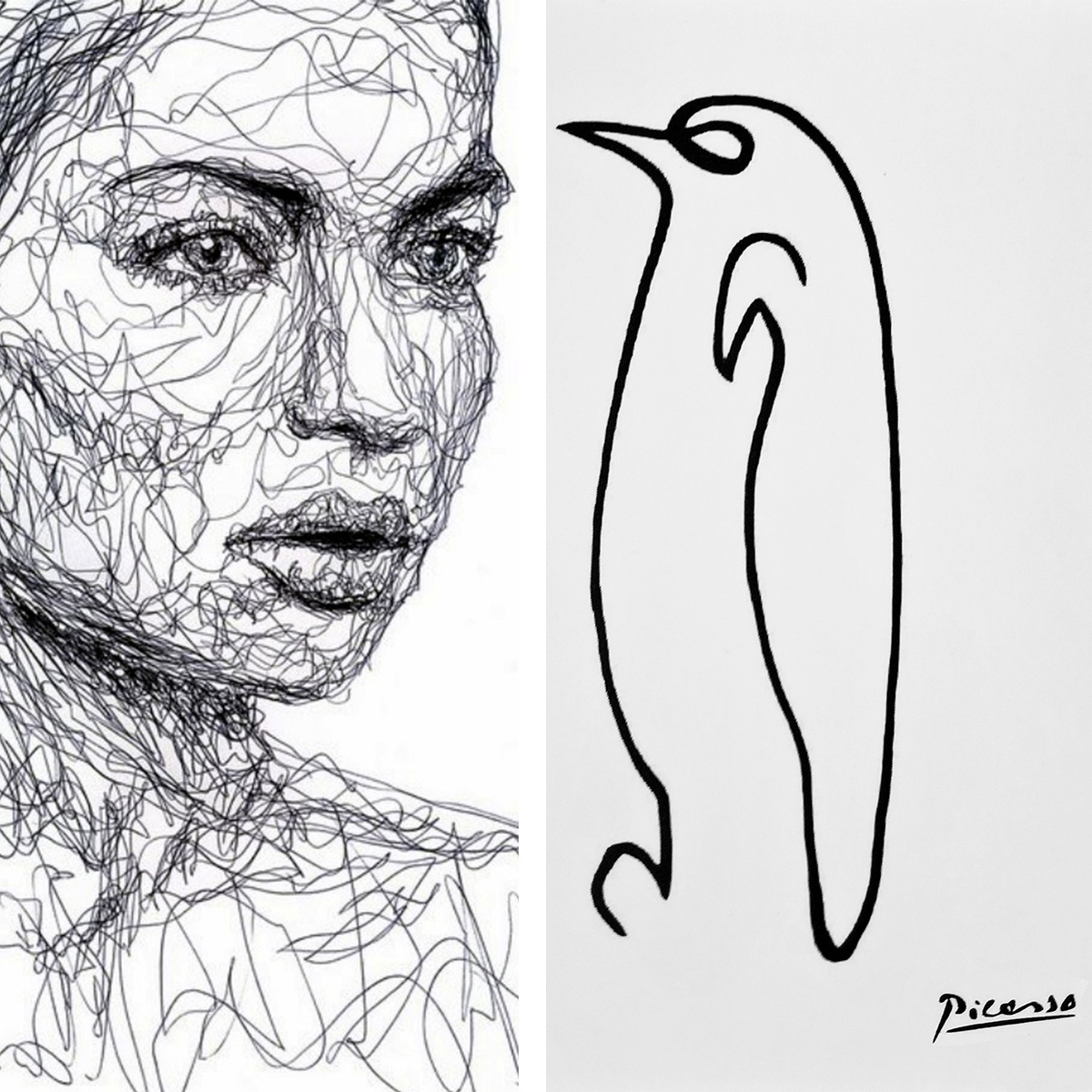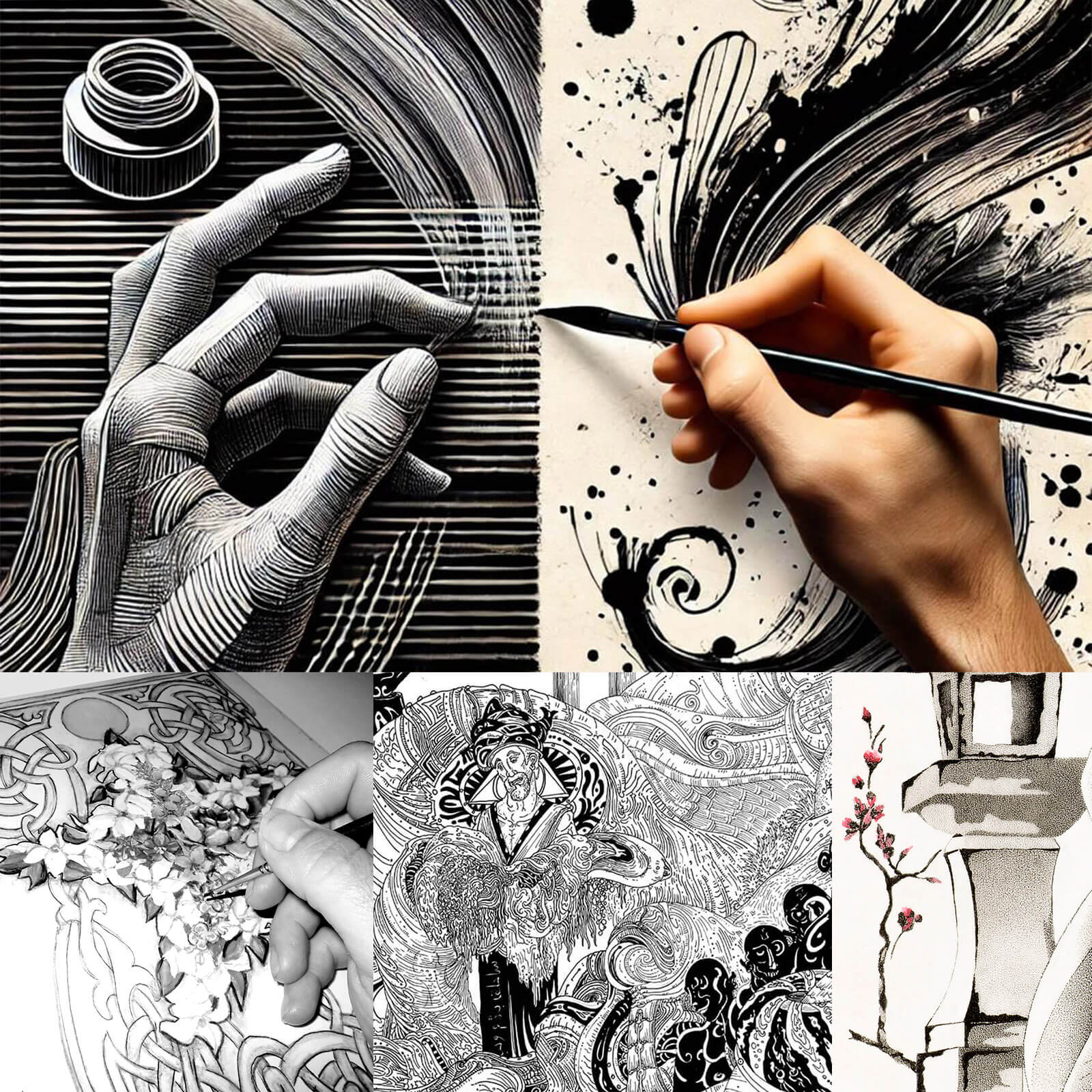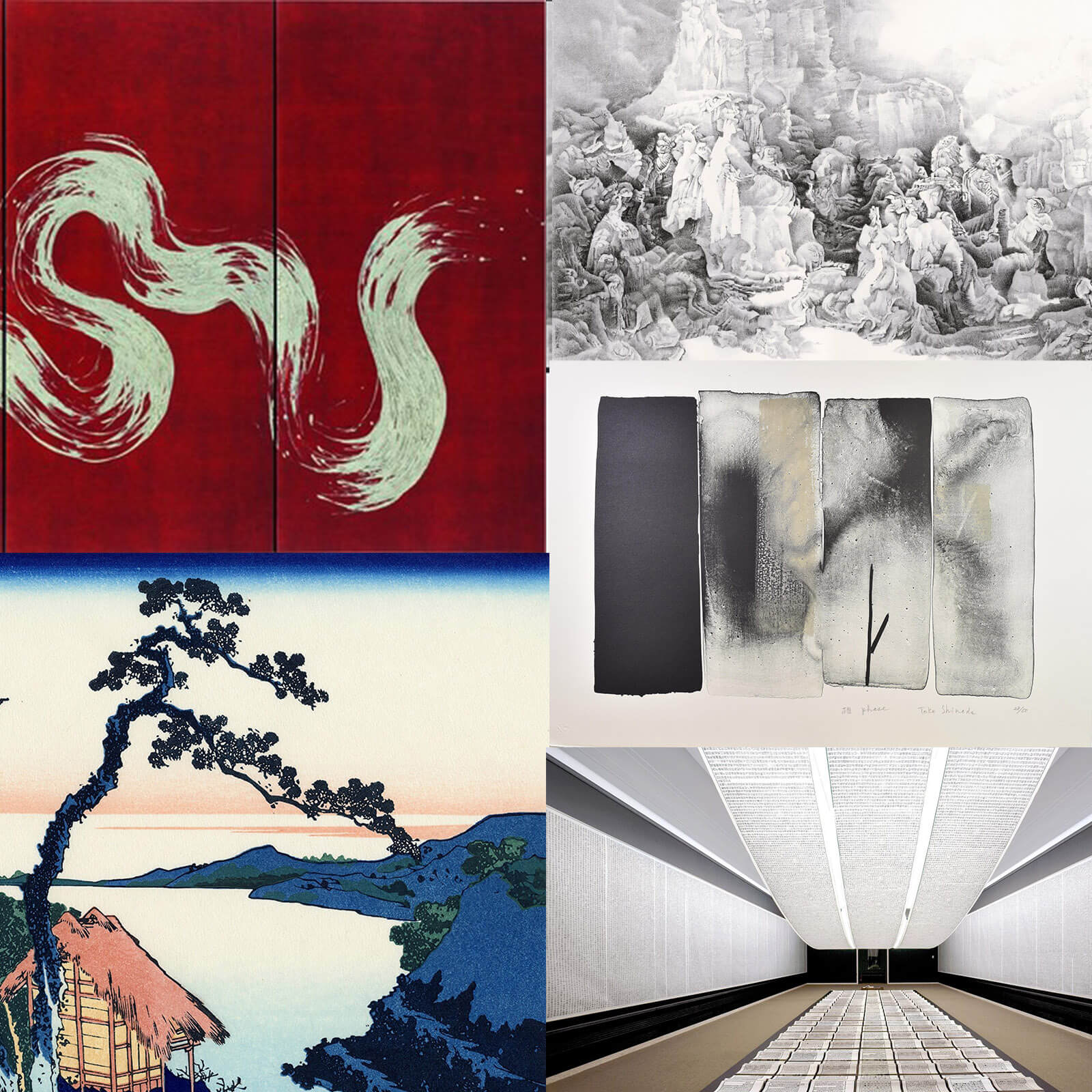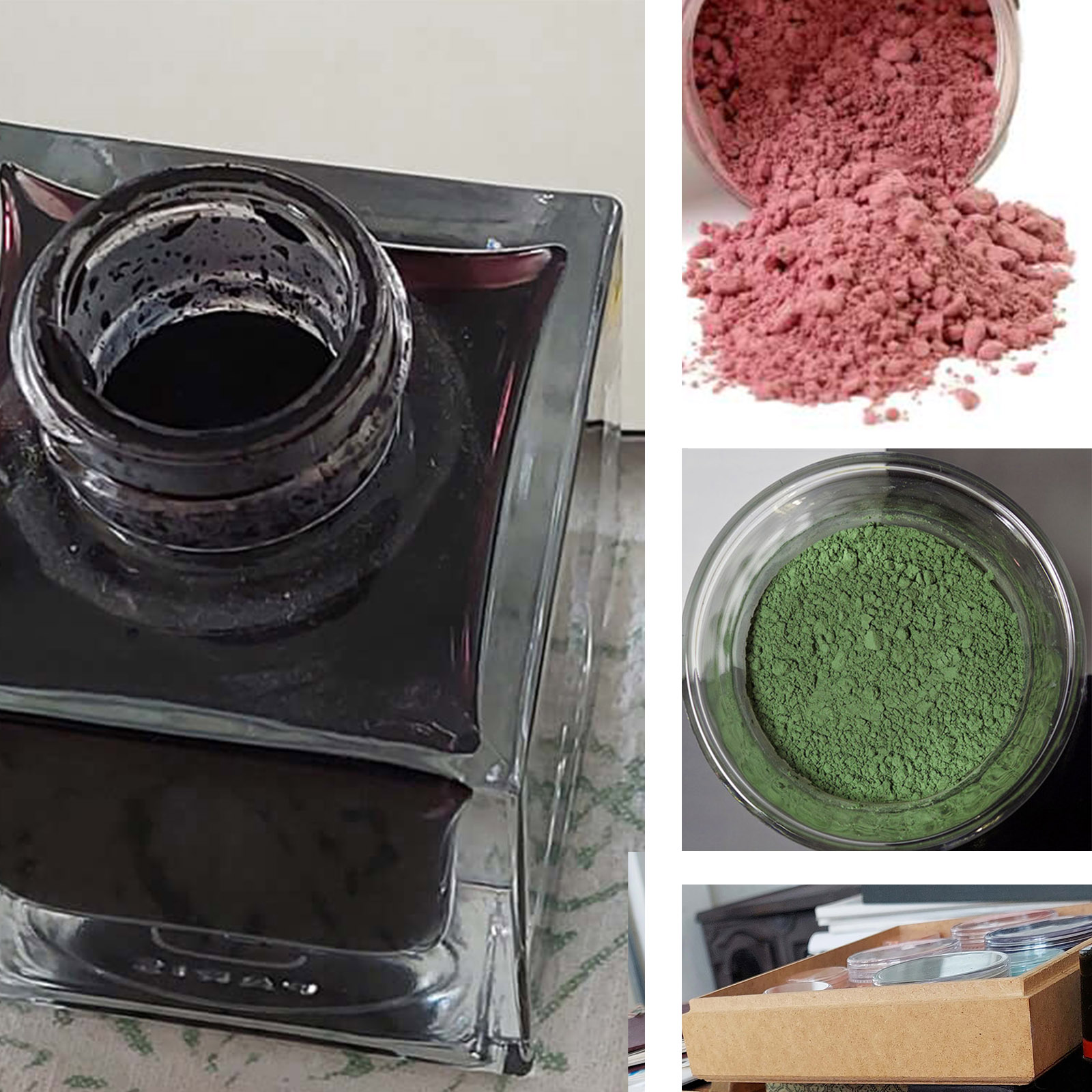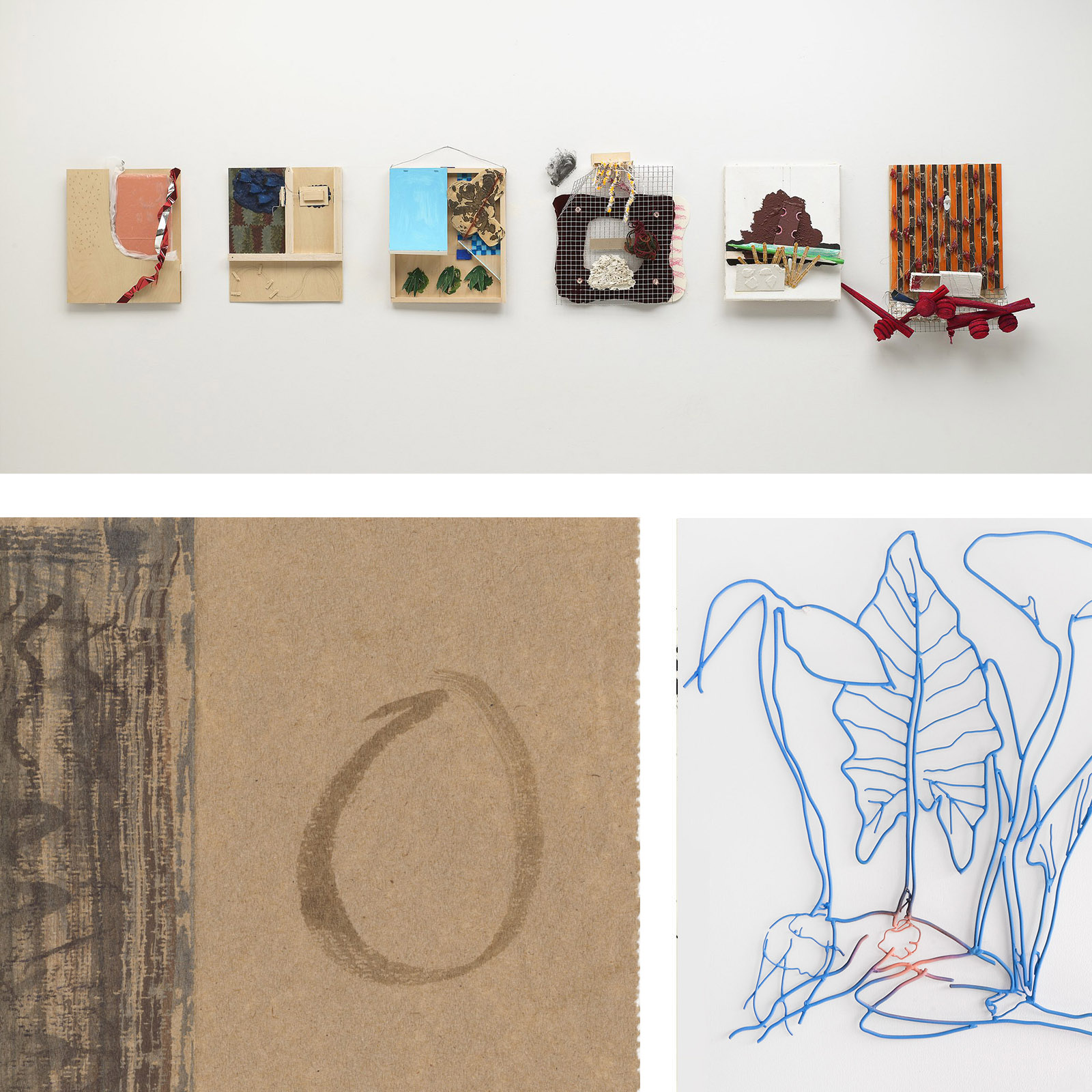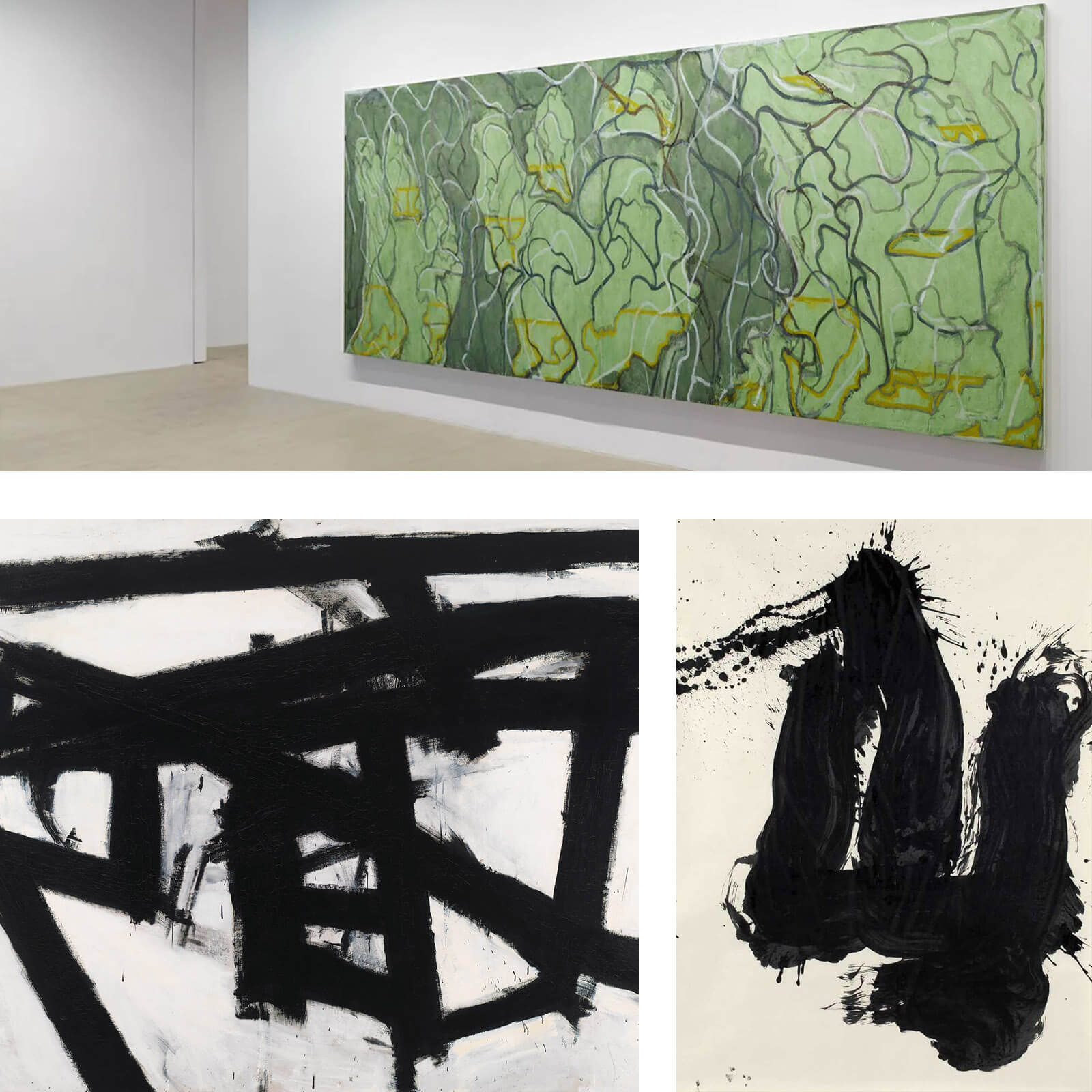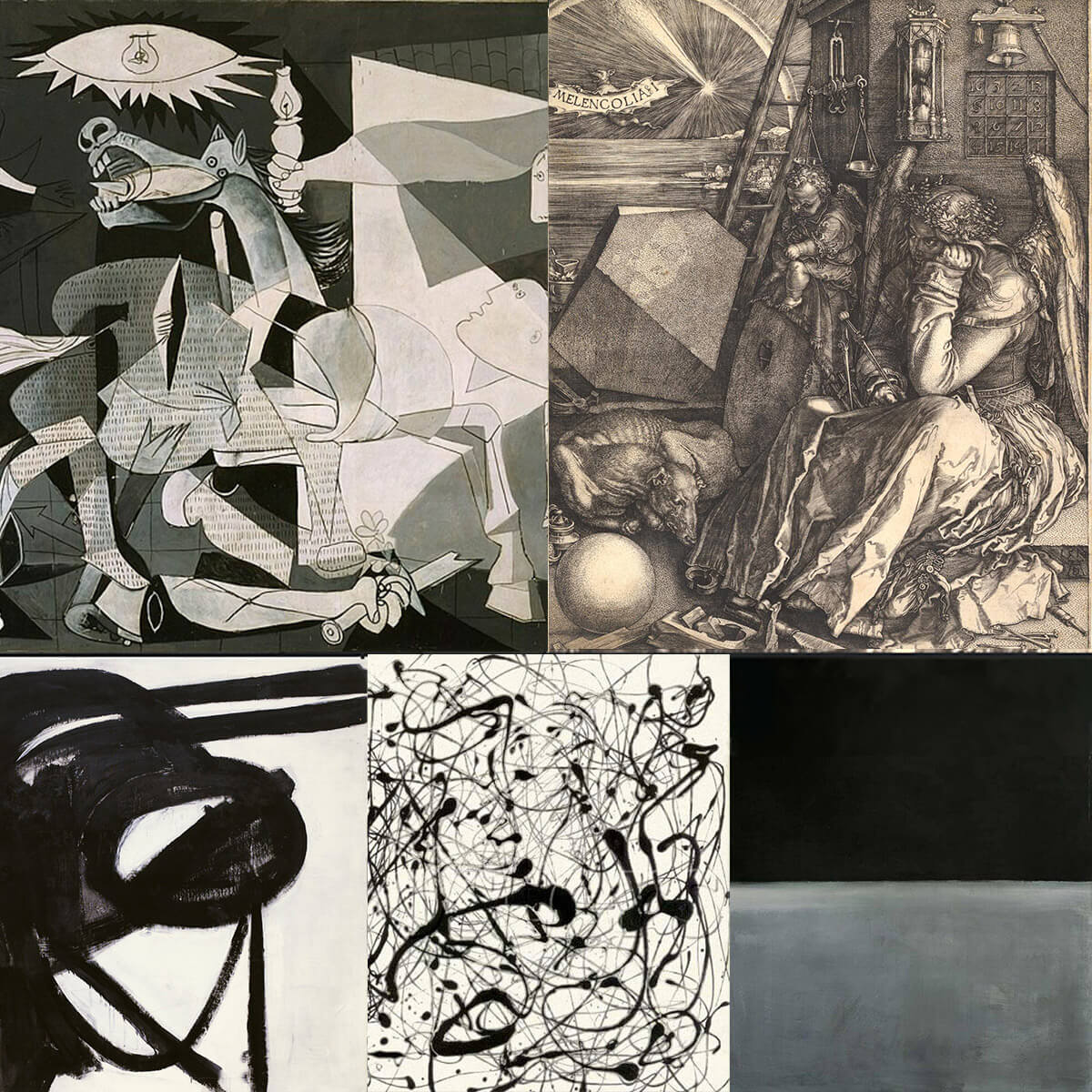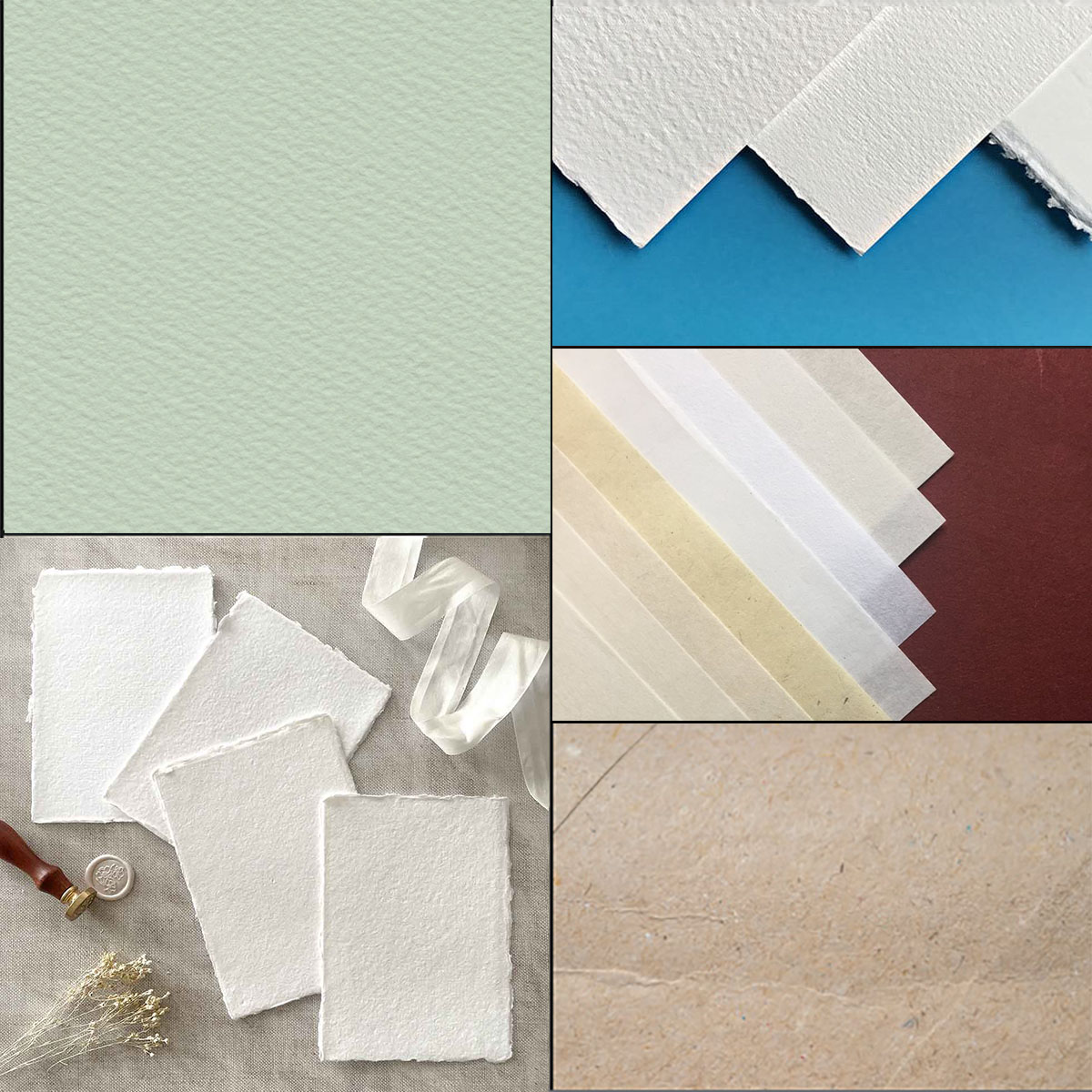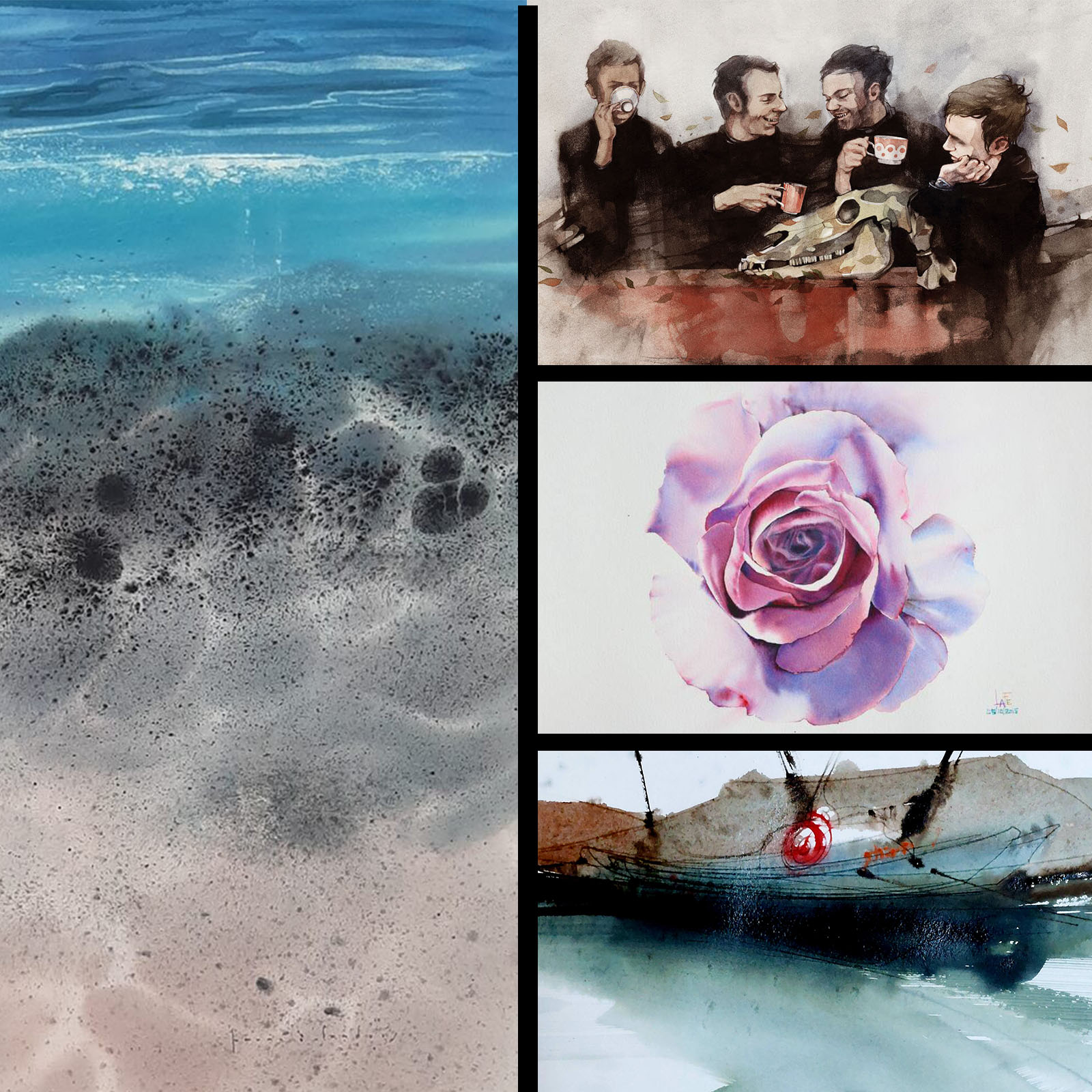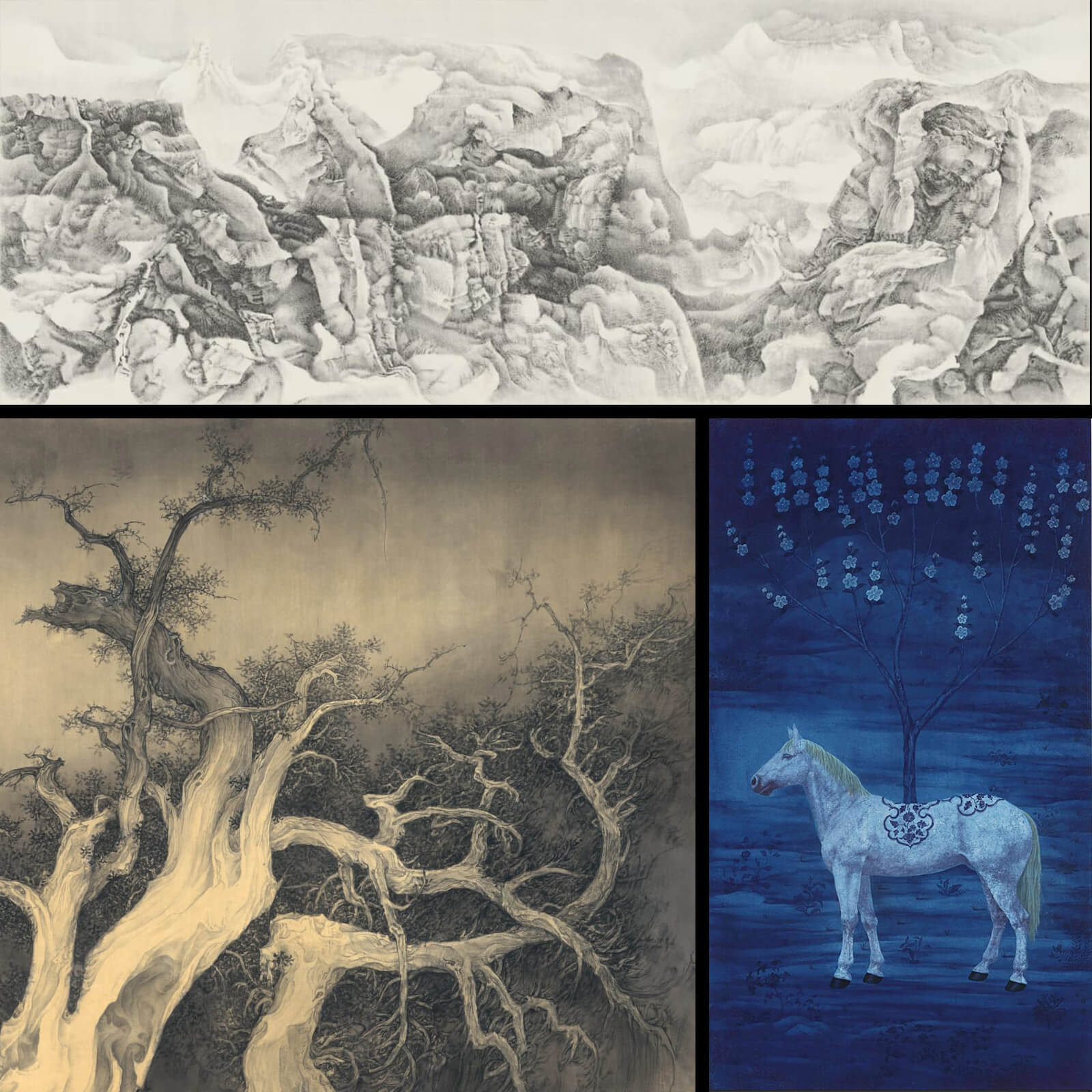Line and contour drawing: Differences and applications in art.
Line DrawingLine Drawing and Contour Drawing are two distinct approaches in drawing art that are often confused. Although both rely on the use of lines, their goals, techniques, and results differ significantly.Line Drawing focuses on creating images and forms exclusively through lines. These lines may vary in thickness, direction, and…

